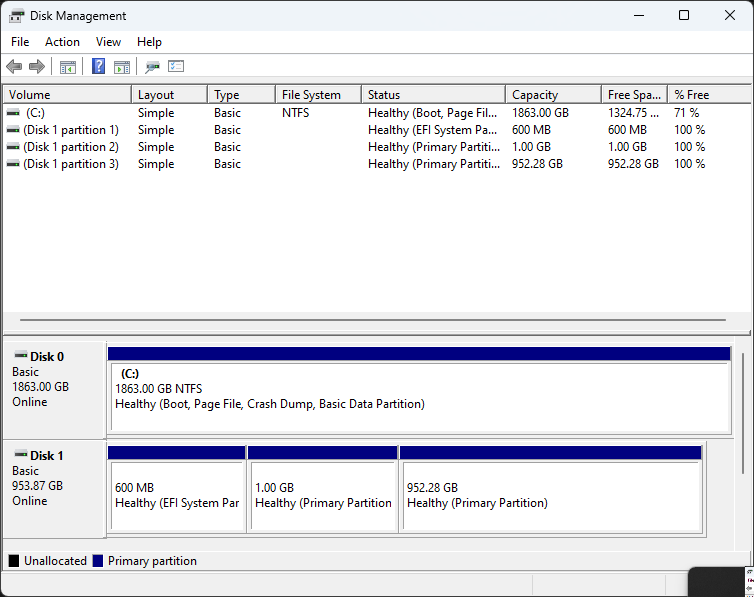this post was submitted on 17 Oct 2023
32 points (94.4% liked)
Linux
56427 readers
662 users here now
From Wikipedia, the free encyclopedia
Linux is a family of open source Unix-like operating systems based on the Linux kernel, an operating system kernel first released on September 17, 1991 by Linus Torvalds. Linux is typically packaged in a Linux distribution (or distro for short).
Distributions include the Linux kernel and supporting system software and libraries, many of which are provided by the GNU Project. Many Linux distributions use the word "Linux" in their name, but the Free Software Foundation uses the name GNU/Linux to emphasize the importance of GNU software, causing some controversy.
Rules
- Posts must be relevant to operating systems running the Linux kernel. GNU/Linux or otherwise.
- No misinformation
- No NSFW content
- No hate speech, bigotry, etc
Related Communities
Community icon by Alpár-Etele Méder, licensed under CC BY 3.0
founded 6 years ago
MODERATORS
you are viewing a single comment's thread
view the rest of the comments
view the rest of the comments

Did you remove Fedora before you started? If not then you're seeing the Fedora partitions. One would be a boot sector (EFI), the other a swap partition, and the big one your main partition.
If you did remove Fedora and reformat that disk, then Windows possibly used all available hardware. Boot Windows and see if there's a second HDD available. If so, the easiest way to fix it is to run the install again and pick where it is installed, rather than just letting it do its own thing. I say it's easier, because it looks like it put the boot sector on the second HDD and created a swap file partition. That's my guess anyways.
I advise you to install a separate boot sector for each OS on its own HDD. If you try to use one drive then Windows occasionally fubars the Linux boot sector. Then just use boot options to choose which you want to boot into at post.